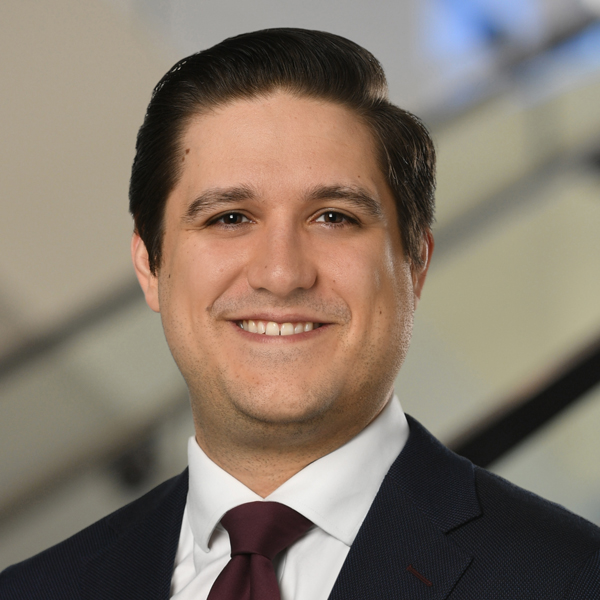One of the most common sticking points in the negotiation of construction contracts is the waiver of consequential damages. Too often, an Owner sees that the AIA’s A201 General Conditions contain a mutual waiver of consequential damages and believes that, as a result, this must be standard in the market, and thus acceptable.
This is not the case.
Though drafted as a mutual waiver, a project Owner has much more to lose by agreeing to a waiver of consequential damages than the Contractor does. So what exactly are an Owner’s consequential damages? Unlike liquidated damages, which serve to compensate the Owner for economic losses incurred as a result of a Contractor’s failure to achieve substantial completion in a timely manner—and which are traditionally excluded from a waiver of consequential damages—an Owner’s consequential damages generally consist of the economic losses that will be incurred by the Owner as a result of post-completion design or construction defects.
To put this in practical terms, imagine a recently built hotel project. The Project was completed on time and has been operating smoothly for several years. However, after a significant rainstorm, the Owner discovers that portions of the building envelope leaked, damaging guestrooms, conference rooms and other amenity spaces. Consequently, the Owner is forced to close several floors and many of its event spaces until the defective work can be repaired. Thus, the Owner is deprived of significant revenue for the weeks or months the repairs take. The Contractor is required to foot the bill to repair the faulty envelope, as these are direct, not consequential, damages. However, if the Owner accepted a waiver of consequential damages, the Owner cannot recover the revenue it lost during the repair process either from the Contractor, or its insurance carrier, despite the fact that the Contractor’s liability insurance will ordinarily cover these losses.
On the other hand, if there is no such waiver, the Contractor must compensate the Owner for this lost revenue, and the Contractor’s insurance will typically cover and pay for these damages.
So what is an Owner to do the next time it comes across this thorny issue? Initially, an Owner should always attempt to delete any proposed waiver of consequential damages entirely—after all, the Contractor is in the best position to mitigate its risk by performing its work properly. However, given contractors’ general reluctance toward assuming complete liability, often times the best approach is a compromise. If a waiver cannot be deleted entirely, the Owner should consider offering to limit the consequential damages it can recover, in both type and amount. By limiting the type of recovery to economic losses incurred as a result of post-completion defects and limiting the amount of such recovery to the insurance policy limits required under the contract, along with a portion of the Contractor’s fee to incentivize the Contractor to properly perform its work, the Owner will be fully compensated for these oft-times significant damages.
Morris, Manning & Martin’s Construction Law Practice Group is experienced in representing owners and developers in the drafting and negotiation of their design, consulting and construction agreements. If you need any assistance in the process of retaining Architects, Engineers, Contractors or Consultants for your development projects, please contact Bruce Smith, chair of MMM’s Construction Law Practice Group, Colby Nelson, or JD Howard.




